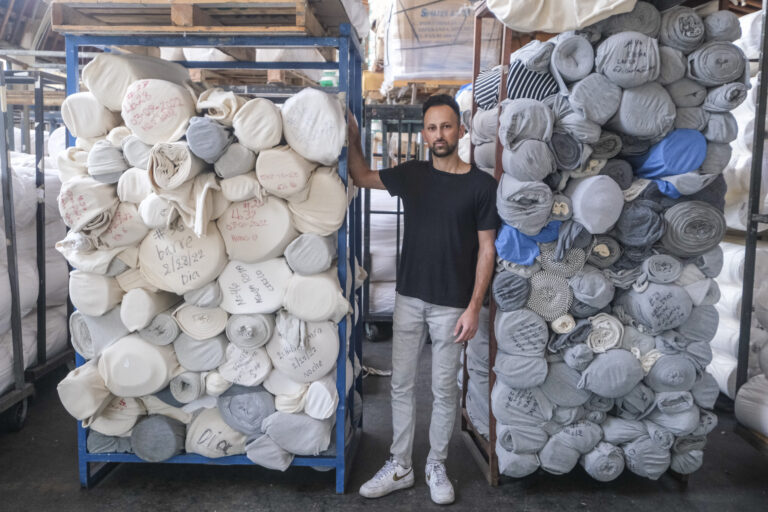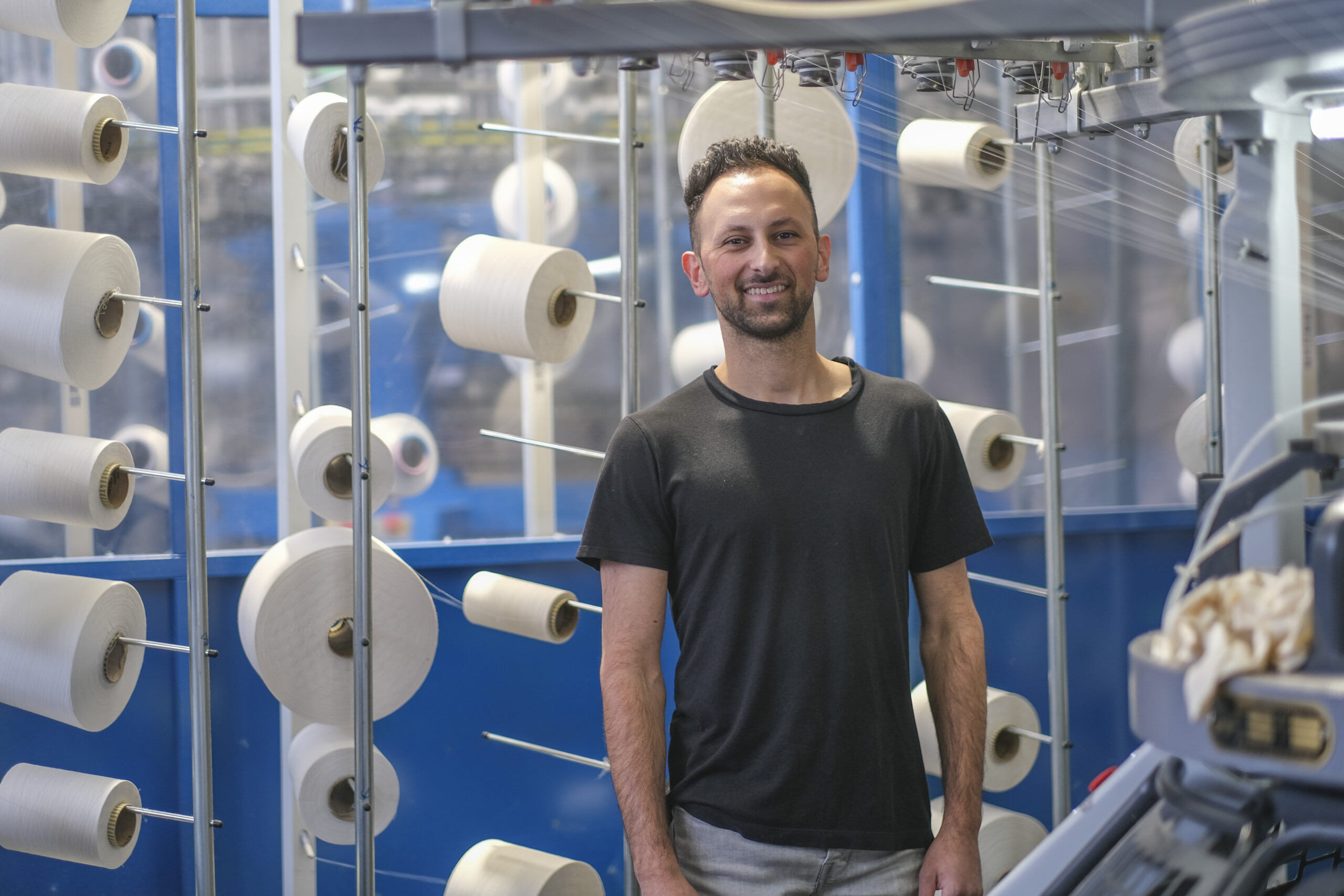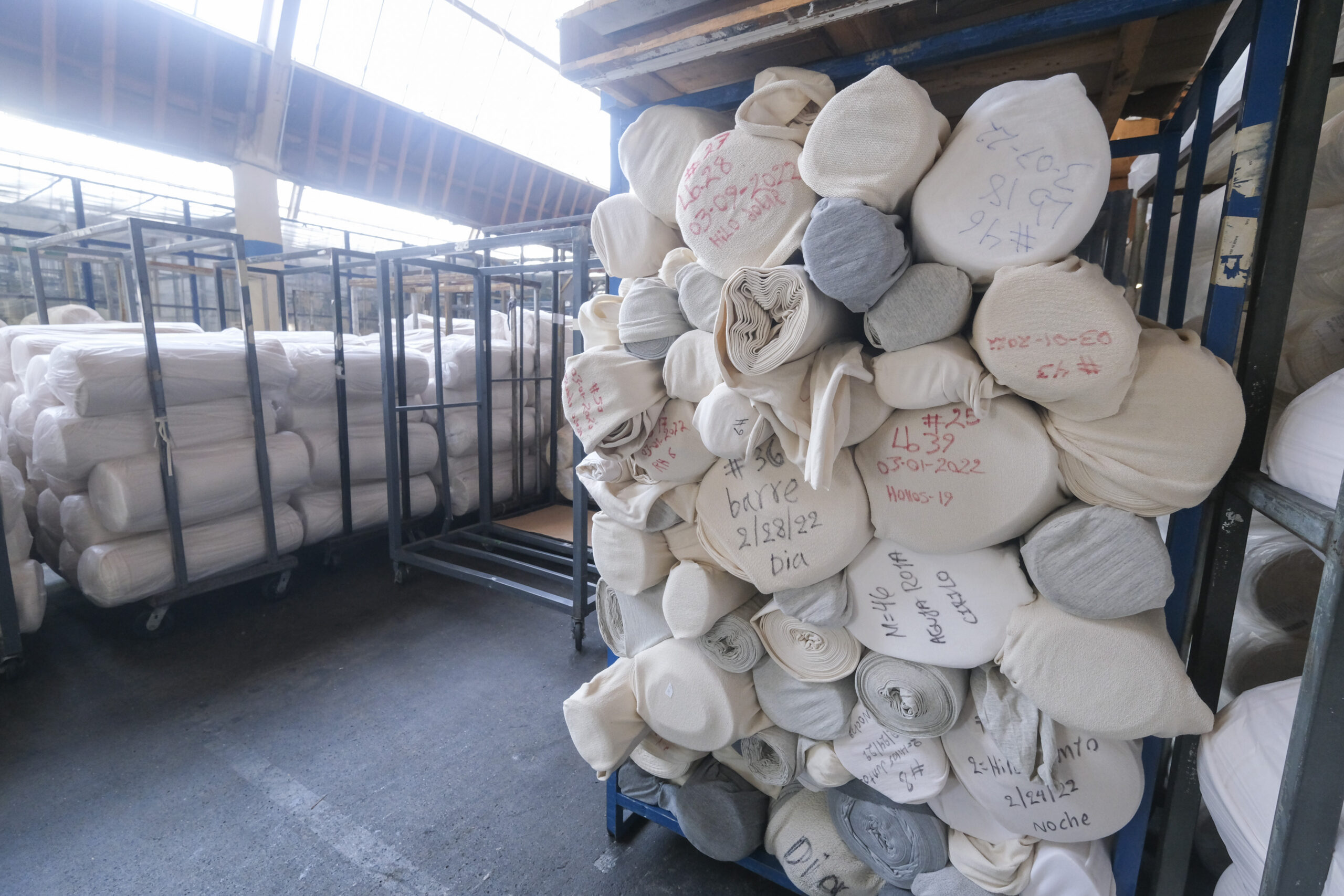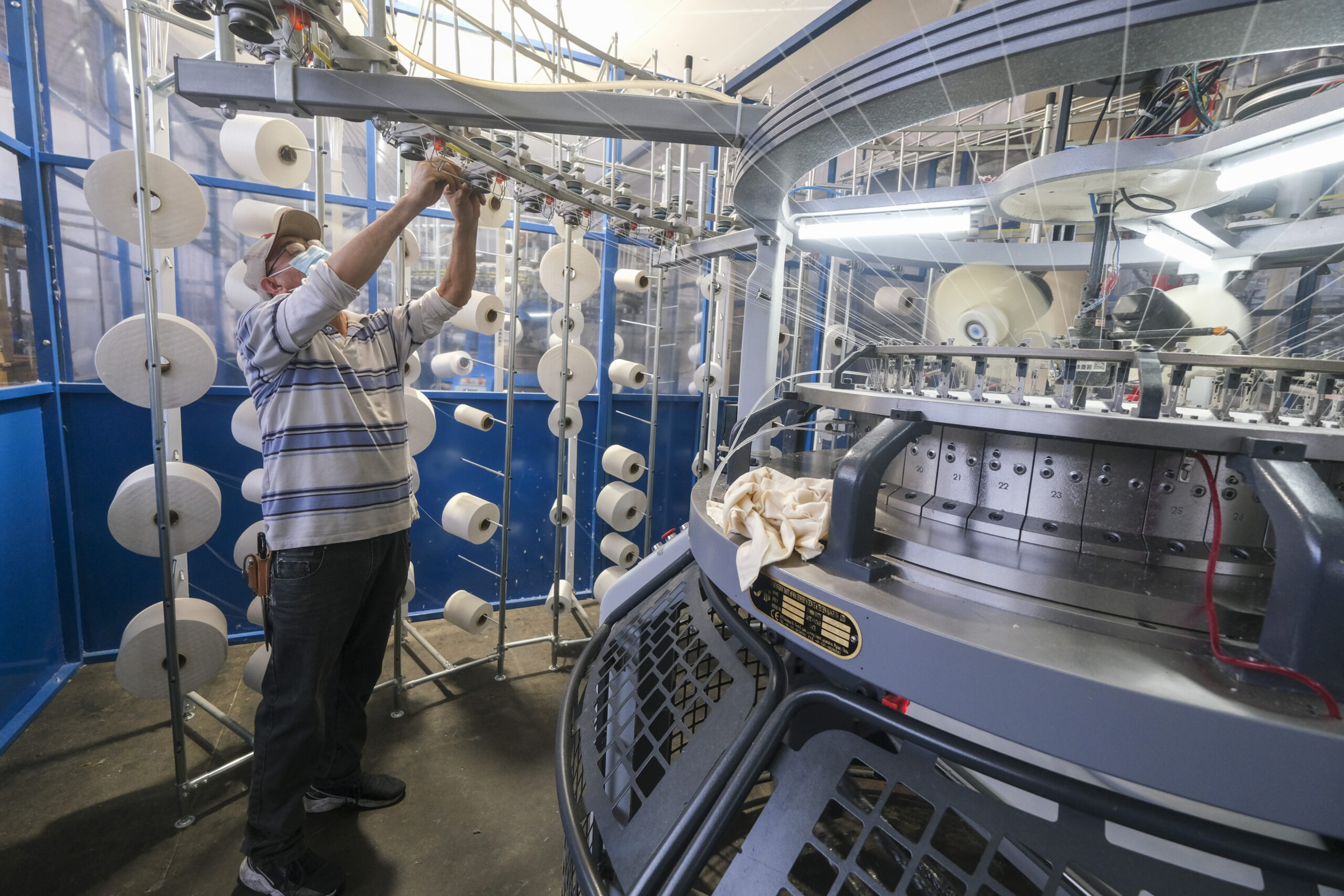
When Shayan Zahedi took over the Lafayette Textiles Corp. – a fabric mill his father Ali founded in 1989 – he committed to kitting with organic or recycled yarns, using low impact dyes, and repurposing or recycling defective fabric instead of disposing it in trash.
“Part of our initiative as a business is to do things in a sustainable fashion,” Zahedi said.
But he’s concerned about a recent move by the Los Angeles City Council to impose a whole new system for regulating disposal of unused textiles, which left him believing that local lawmakers are “not really in touch with our industry.”
The Council on Feb. 16 ordered staff to draft a resolution in support of the L.A. Department of Sanitation’s recommendations that call for a statewide prohibition on textile and clothing companies from discarding scraps.
Instead, the industry would be required to finance a merchandise take-back, resale or donation system to be designed and operated by government-approved organizations. The expense is unknown, but it likely would be costlier than what businesses like Lafayette are doing now to repurpose or recycle their scraps.
The plan could be far reaching. Retailers, distributors, warehouses and fulfillment centers also could be banned from disposing or destroying returned apparel and shoes.
L.A.’s Department of Sanitation, in a November 22nd report, argued that traditional disposal generates unnecessary trash that “shortens the lifespan of landfills,” and “is a waste of resources, including – at minimum – the energy and water used during the manufacture of such items, and cannot be justified when there are people and organizations in need.”
The agency also said that textiles represent the six most prevalent materials disposed of in California landfills, and that a similar effort diverted from landfills 6,776 tons of disposed mattresses over the past six years.
A new ‘tax’?
Ilse Metchek, president of California Fashion Association said the city council’s intentions are good, but that policy recommendations are excessive and not well thought-out.
“Most local manufacturers make use of their scraps in one way or another,” she said. “Nobody just puts it in a landfill.”
She said scraps of fabric are used for linings or other purposes and garments that are not used usually go to the Union Rescue Mission or some similar shelter.
Metchek also raised an issue with the sanitation department’s plan to collect fees for the services. She likened it to “a tax on anyone doing business in Los Angeles, (where) we already have enough issues that are chasing people out of doing business.”

Another concern was the agency potentially having a view into manufacturers’ stockpiles.
“It’s none of their business what people have as inventory,” she said. “Who is going to determine what is left over or unused or for reuse? Some little person from the Department of Sanitation?… It is an extraordinary effort. You have over 1,000 warehouses in apparel here in Los Angeles and I would say 350 textile mills. I don’t even know that they realize what they’re in for.”
Zahedi agreed that most scraps are used and not dumped in a landfill.
“Whenever we produce fabrics that are not first quality …we have various things that we do to reuse or recycle (it) in a way that is not going to impact landfills,” he said. “For instance, for any cotton-based fabrics, we have people locally that come in and they take the fabric from us, and they repurpose it.”
He added that polyester scraps can be made into fabric bags that hold yarns and other material. Fabrics with spandex meanwhile can work as a large rubber band to hold palletized goods.
Business of recycling
Some 30 local fabric mills and garment manufacturers – including Los Angeles Apparel, US Blanks, J Brand, and Hudson Jeans Inc. – turn to G&A Recycling Inc. to repurpose their waste. The Vernon-based company collects more than 500,000 pounds of textiles and defective apparel each month according to the company’s founder, Gerardo Anaya.


Most of the fabric he picks up for a small fee or free of charge, while a few brands help offset his costs. His team of five then sorts the textiles according to its composition and quality, and packs it all into bales of 1,000 pounds.
“Once I have enough bales for 43,000 pounds, I ship it out to Mexico,” Anaya said. “Cotton – that’s where I make my money – it gets turned back into yarn.”
Other bales may have spandex, poly cotton, poly rayon, and the like mixed in, he said.
That is sent to a company that uses it as filler for punching bags or they mix it in with other material and make insulation for houses. “Denim is best for that,” he added.
The more scraps G&A Recycling hauls away, the less remains in manufacturers’ pockets, according to Scott Wilson, who operates organic apparel company, Tour Image Inc., which does business as UStrive Manufacturing.
“When you cut the fabric, ideally you want to cut it all, because, especially nowadays, it’s very expensive,” Wilson said. “There’s usually about 2%, maybe maximum 5% waste. At $4 to $5 a yard, that adds up quick, especially when you’re working on the t-shirt that you’re cutting and sewing for $3 or $5, every penny counts.
“And in our world, fabric is where the waste is – there’s no waste around sewing thread; there’s no waste in chemicals or anything like that. So when you’re a big cut house, even though there isn’t much waste per cut, it adds up. It can be hundreds of pounds.”
Wilson believes that the proposed policy, if passed at state level, may not be all that bad.
“I’m generally against all these regulations because most of the time they’re not really thought-out for us as a business. But this one, I think it’s a good idea because it needs to be done and it shouldn’t be too much of a financial burden versus the value when you weigh it all out in the long run.”
But Zahedi believes there needs to be more dialogue before a final decision is made, involving all stakeholders.
He wishes elected officials and regulators would take time to talk to people in the industry to understand how recycling and disposal work now and how a new system may be quite costly and disruptive to the important apparel industry in Los Angeles.
“In theory, this policy sounds great, but I just don’t think what they’re (supporting) is something that’s practical and something that they’re going to be able to actually execute on as it stands.”
